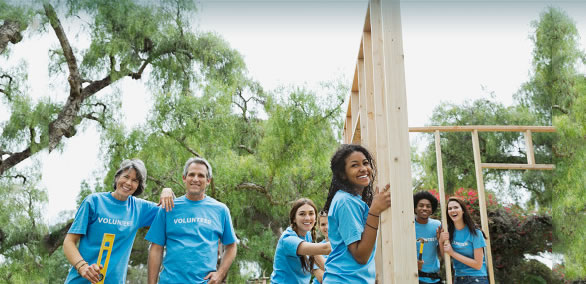New (and not so new!) ways to engage and integrate the next generation
Research shows that while next gen donors share many similarities with previous generations, they are also eager to pursue new philanthropic strategies. They want to be more hands-on, impact-focused, and peer-networked. They want to take more risks and try new vehicles, but also do more research and honor family legacy. Here are some practical tips to get your next gen family members engaged… and to keep them engaged.
New (and not so wew!) ways to engage and integrate the next generation
Provide hands-on learning opportunities while building leadership

- Encourage them to create/lead a committee on something of interest to them.
- Allow them to pass along good news to grantees.
- Let them work with a member of the current generation to choose and lead a volunteer activity.
- Make learning opportunities accessible to every age group and allow flexibility for people to engage when they are ready.
- If the foundation is staffed, allow family members to work with staff in a variety of ways, from a more formal internship to shadowing a staff member for a day or a week.
Demonstrate impact

- Go on site visits as part of an annual board meeting, especially if board members are geographically dispersed.
- Put them in situations where they will receive tangible recognition or thanks.
- Volunteer together in the community and make sure all generations attend.
- Push harder for strategy so they can see the needle move on one thing (and move quickly).
Encourage them to embrace peer networks

- Look for opportunities in the community where they can learn grantmaking skills with their peers outside of the family.
- For example, a community foundation with a large youth focus has a grants committee that includes high school students as voting members.
- Funding collaborative (often through a regional association) or giving circles offer opportunities for learning alongside other donors.
Amplify your family's legacy

- Engage them in a focus area of the foundation where they might not have an interest and brainstorm innovative strategies on how to connect this work to their personal interests .
- Provide context for how and why decisions are made.
- Explain the family’s history — and how they are connected to it.
- Be clear about how things work: share the “rules of the game” so they feel comfortable playing.
- Be transparent, honest and straightforward about successes and failures. They don’t want to challenge decisions they want to contribute to making them better.
- Tell stories that demonstrate impact aligned with mission. Build in legacy in a way that feels positive and makes the next generation feel included.
- Build common ground by reframing conversations so everyone can participate and feel connected regardless of age or role within the foundation.





